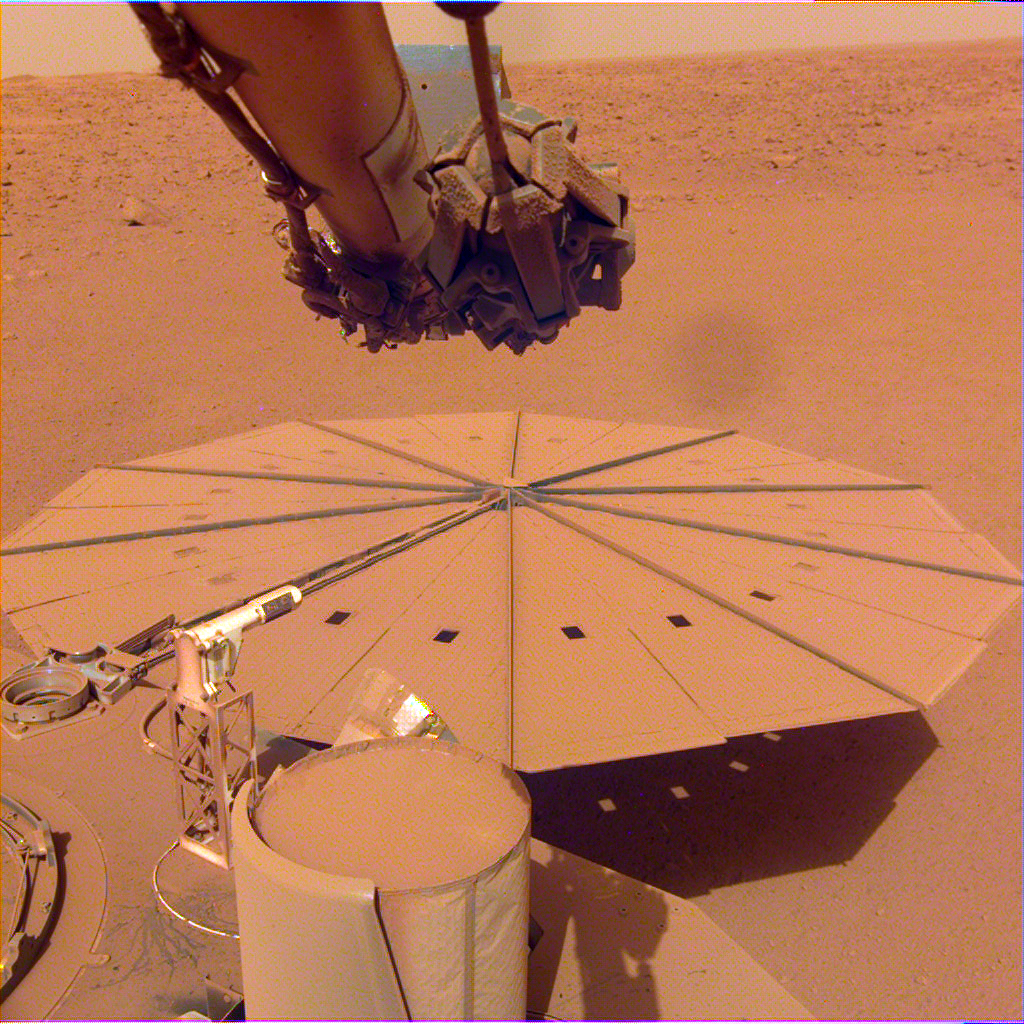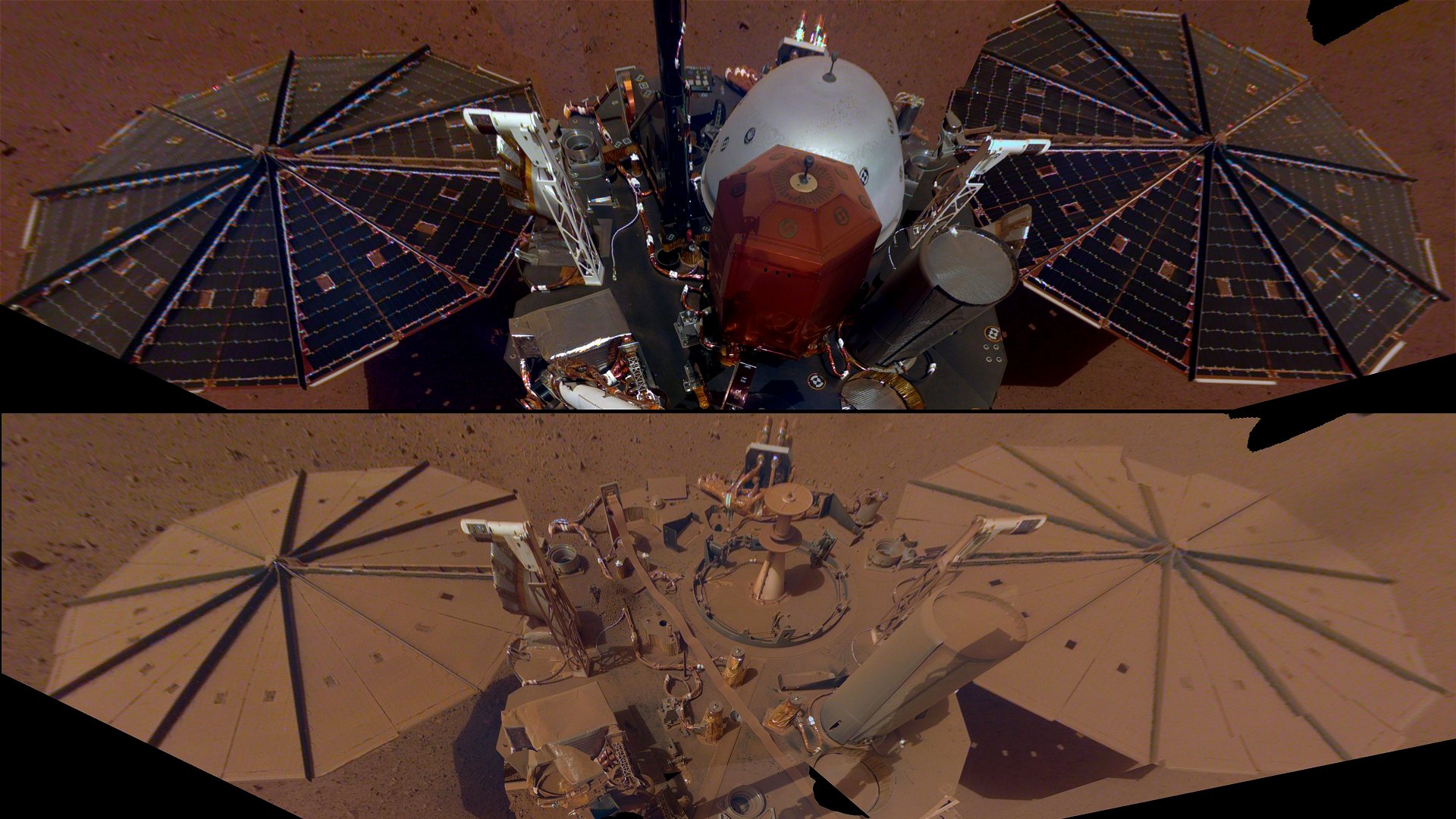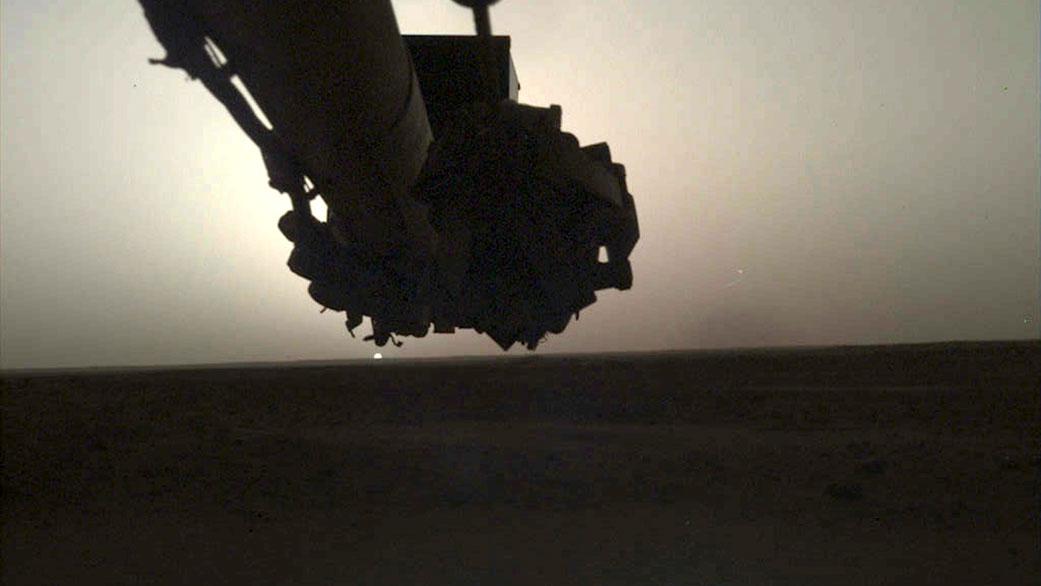NASA’s InSight lander reached Mars four years ago and has been operating for much longer than the projected two years. But in the coming weeks or months, the lander will make one last connection with Earth before going silent forever.

The gradual accumulation of Martian dust on the solar arrays of the lander has reduced its ability to store energy. Therefore, InSight will soon be unable to continue seismological work on collecting data on the interior of the Red Planet. Realizing that the work of the device is coming to an end, NASA has published a message describing how the InSight team of about 30 people from the Jet Propulsion Laboratory (JPL) will gradually phase out the mission.
Battery saving
Managing InSight’s power downgrade has recently become more important as the team makes the most of the lander’s charge. Engineers had to sacrifice several instruments by disconnecting them from power this summer in order to continue working with the seismometer and transmit the collected scientific data to Earth.
Saving data

A significant part of the team’s latest work is to properly store all the data InSight has collected over the years and make it available to researchers around the world. The lander revealed details about the interior of Mars: the structure of the core, the features of the almost extinguished magnetic field and the abundance of marsquakes. Bruce Banerdt of JPL stated that thanks to all the data collected by the lander, Mars is no longer a dead desert – it is really a “living, breathing planet”.
ForeSight Generation
Few people know that InSight has a “twin brother” – ForeSight. This is a full-size replica of the lander, located at JPL and used by the team to work out how the spacecraft will place its scientific instruments on the surface of Mars using a robotic arm. ForeSight was also useful for finding the most effective way to penetrate the lander’s thermal probe into the planet’s soil and for developing ways to reduce the level of irrelevant noise that the InSight seismometer picks up.
After the completion of the Mars mission, ForeSight will also be turned off, preserved and sent for storage.
Official announcement of mission completion

NASA will officially declare the mission completed if InSight misses two consecutive communication sessions with the MRO spacecraft orbiting Mars.
Engineers still hope that a strong gust of Martian wind can blow dust off InSight’s solar panels. This would give the team extra time to work with the lander, but such an event is considered very unlikely. No one knows for sure when the device will finish its communication, but by that time the team will try to continue working with it.
“We will continue to collect scientific data as much as we can,” Banerdt said.
Earlier we reported on how NASA called the date of termination of the InSight mission.
Follow us on Twitter to get the most interesting space news in time
https://twitter.com/ust_magazine
